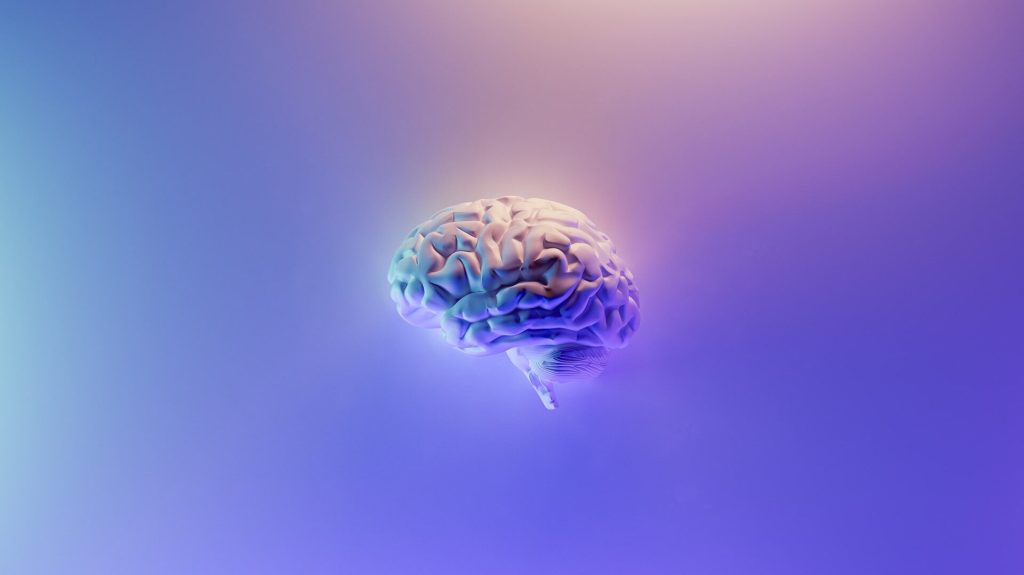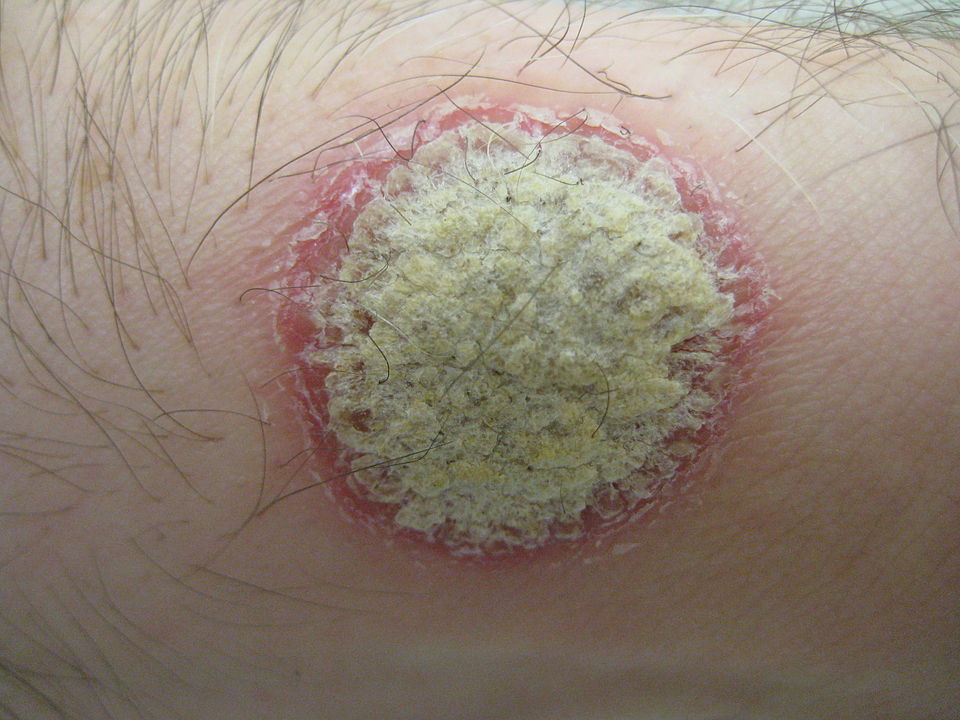Is Malaria Behind Low COVID Burden in Sub-Saharan Africa?

In both rural and urban areas of Mali, there was a high seroprevalence of COVID, but a low burden of symptomatic disease, a researcher said in a presentation at the American Society of Tropical Medicine & Hygiene (ASTMH) virtual meeting. This could be tentatively attributable to the prevalence of malaria.
From spring to autumn (northern hemisphere) 2020, the seropositivity rate among those with self-reported symptoms jumped from 20.8% to 48.6%, while those reporting symptoms but were seronegative also increased from 9.8% to 49.3% in the cohort, reported John Woodford, MD, of the National Institute of Allergy and Infectious Diseases (NIAID).
However, he said that during March to July, the COVID-attributable fraction was 11%, and from August to December, the COVID-attributable fraction was 0%.
In addition, the percentage of seropositive people with symptomatic illness over the background illness reporting rate was 0%-11%, well below the age-adjusted 33% of cases expected, based on the US case rate.
Only three hospitalisations occurred throughout spring and autumn 2020, also far below the expected 11-30 hospitalisations, and no deaths.
Dr Woodford pointed to “a lot of anecdotal reports that there was a limited disease burden in Mali.”
“It was repeated over and over again for a variety of sub-Saharan African settings, but there’s very limited data to back this up,” he clarified.
His group performed a serosurvey of urban and rural areas of Mali, using two-antigen ELISA qualified for use in that country. Participants were also given a questionnaire asking about self-reported symptoms, medical, and social history.
Overall, they obtained serosurvey data from 3671 participants at four sites, who were a median age of 15. They noted the dates of the symptom questionnaires were March to July 2020 and August to December 2020.
No symptoms were independently associated with seropositivity, Dr Woodford said. There was no greater change of seropositive people being absent from work, seeking medical care, or being hospitalised compared to seronegative people in the cohort during spring. However they were more likely to seek medical care in the autumn than seronegative people (63.4% vs 45.9%, respectively).
The second follow-up visit was during the malaria season, when there was a high percentage of seropositivity, but the proportion of those with self-reported symptoms was comparable with background illness. MedPage Today asked Dr Woodford as to whether malaria infection might have a protective effect, to which he responded: “That is a question much larger than me, and much larger than COVID.” He added that the rural areas in their study had higher rates of malaria than the urban sites, while the reverse was true for COVID.
“What that means, I’m not sure, but there’s certainly a blunt association there,” Dr Woodford noted.
He referenced a recent study of hospitalised patients in Uganda, which found that patients with low previous malaria exposure had higher risk of severe or critical COVID clinical presentation compared to those with high previous exposure, even among patients with no comorbidities.
However, Dr Woodford explained that without a much larger sample size and more accurate tests such as PCR, there was no way to tease out asymptomatic versus symptomatic infections.
“You’d need a very large population to look at symptomatic versus asymptomatic in seropositive patients,” he said. “Logistically, it’s a very challenging study to put together.”
Source: MedPage Today









